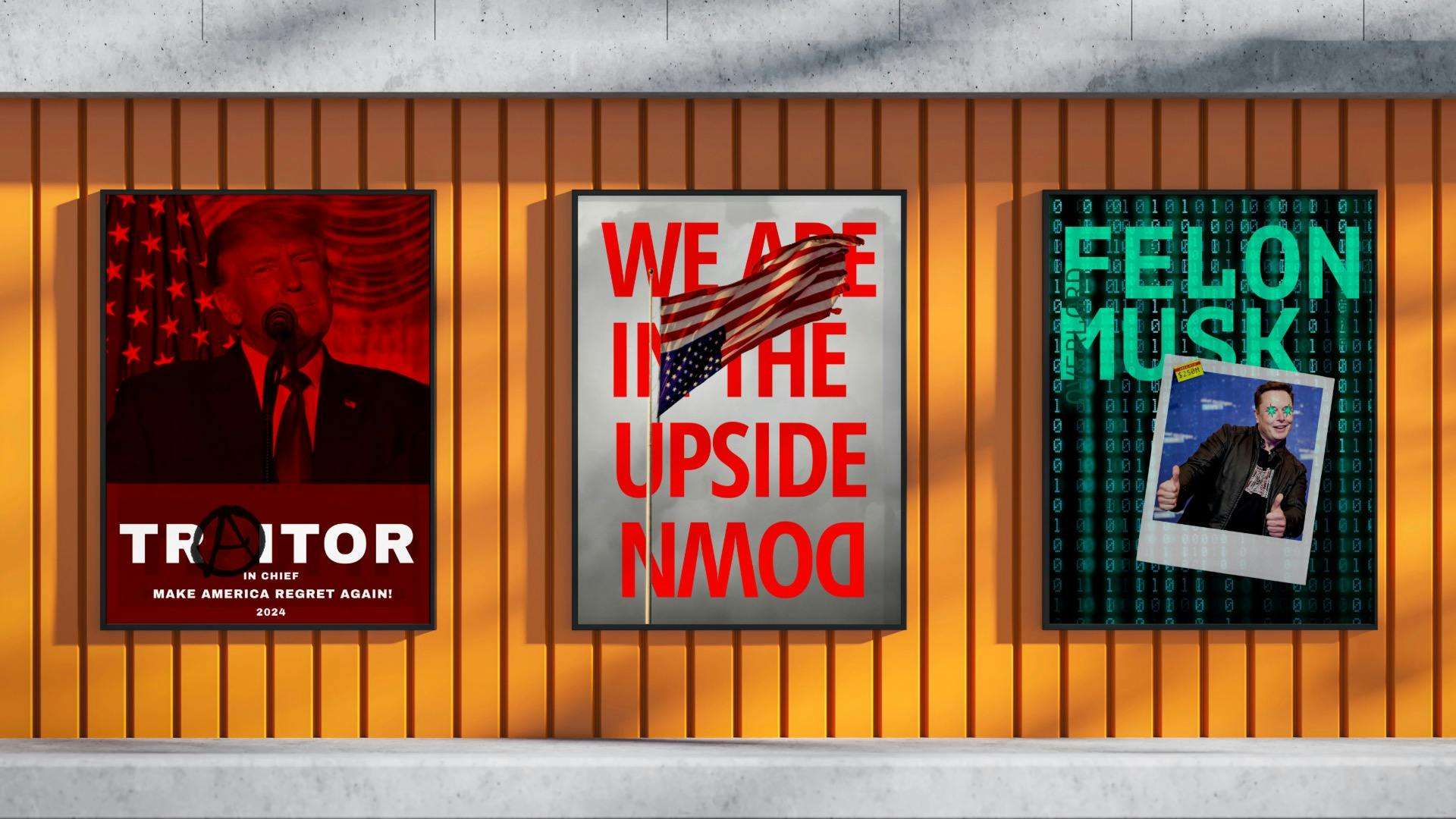
Bowen Mendelson
Writer
Marketing
Leadership
Creative Director
I think it will be pivotal. As we make a more digital transition for the sake of sustainability, we will need to know not only how to best present these ideas digitally, but also the best practices to ensure that we are doing it sustainably. Along with AI being able to handle low to mid-level tasks, I see this expanding and the role of web designer more as a puzzle solver through the skills of both creative director and prompt engineer.
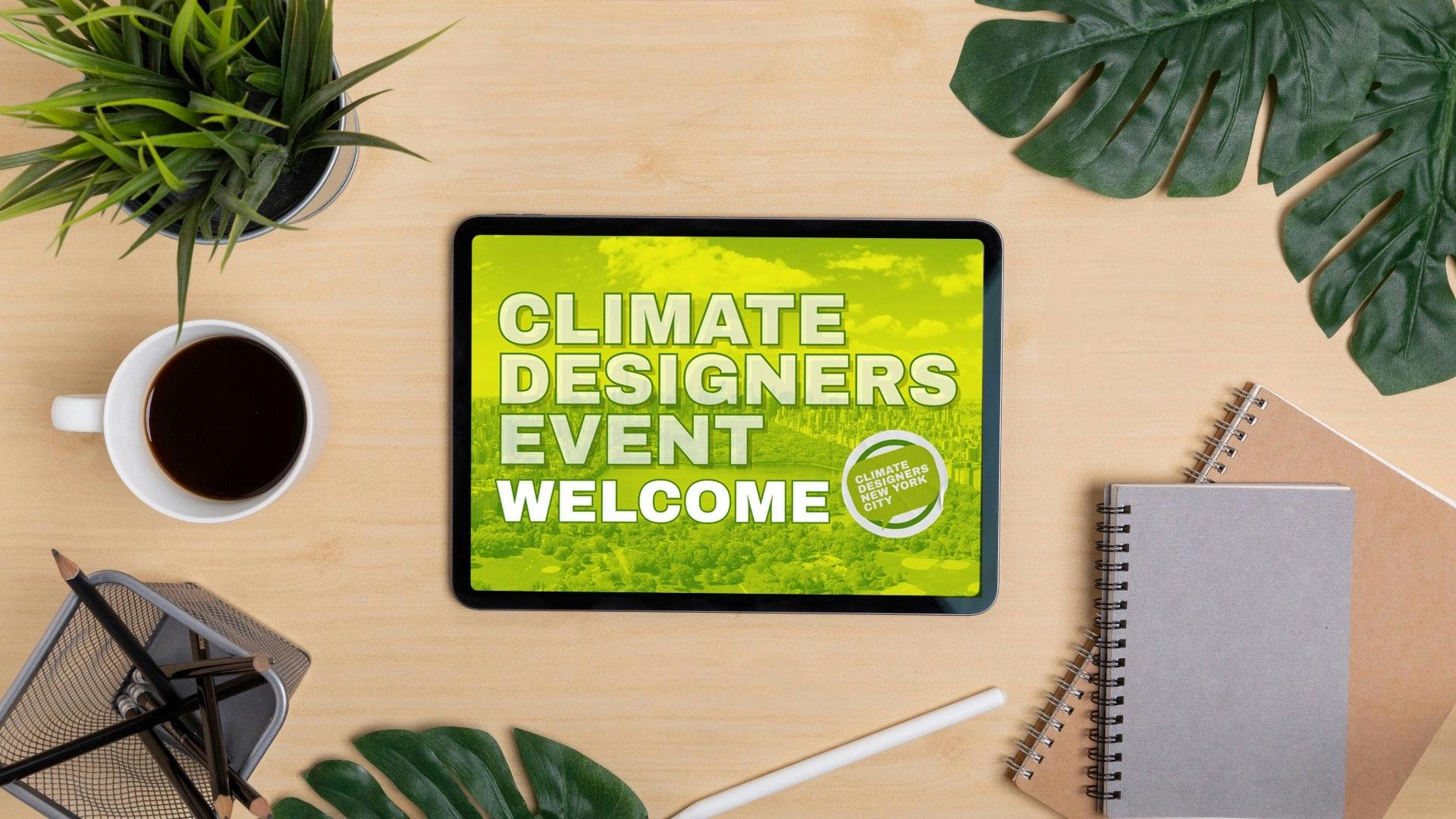
I define flexible as fluid, the opposite of rigid. Something that isn't so much tied to a specific product or service and more tied to a concept or ideal. Treating the AI system as you would a brand, with defined rules but not defined enough that it creates constriction. I try to strive for the opposite and create systems that spawn more creativity. I do this by setting up my baseline absolutes. As long as that is defined and respected, anything from that is just iteration and something that can be changed, built on, or improved. I think by accepting a change mindset allows me to adapt to the growth and not view much of it as negative actions but more as an exercise in agility.

That is a hard one. I was always the artist/designer who had things others saw as sacrilege at times. I remember bringing my iPad to a sketch drawing group I used to attend, and everyone would tell me how it wasn't the same as paper. Others were curious. All that to say that I have always adopted technology, and now I have an iPad mini I use as a dedicated notebook/sketchbook. Do I miss traditional means at times? But this way is more sustainable in many aspects. In terms of keeping it traditional, implementing the principles and elements of design is one way. Not losing the fundamentals while applying them in a new medium, and sometimes redeeming those rules to apply and make sense within this new vessel.

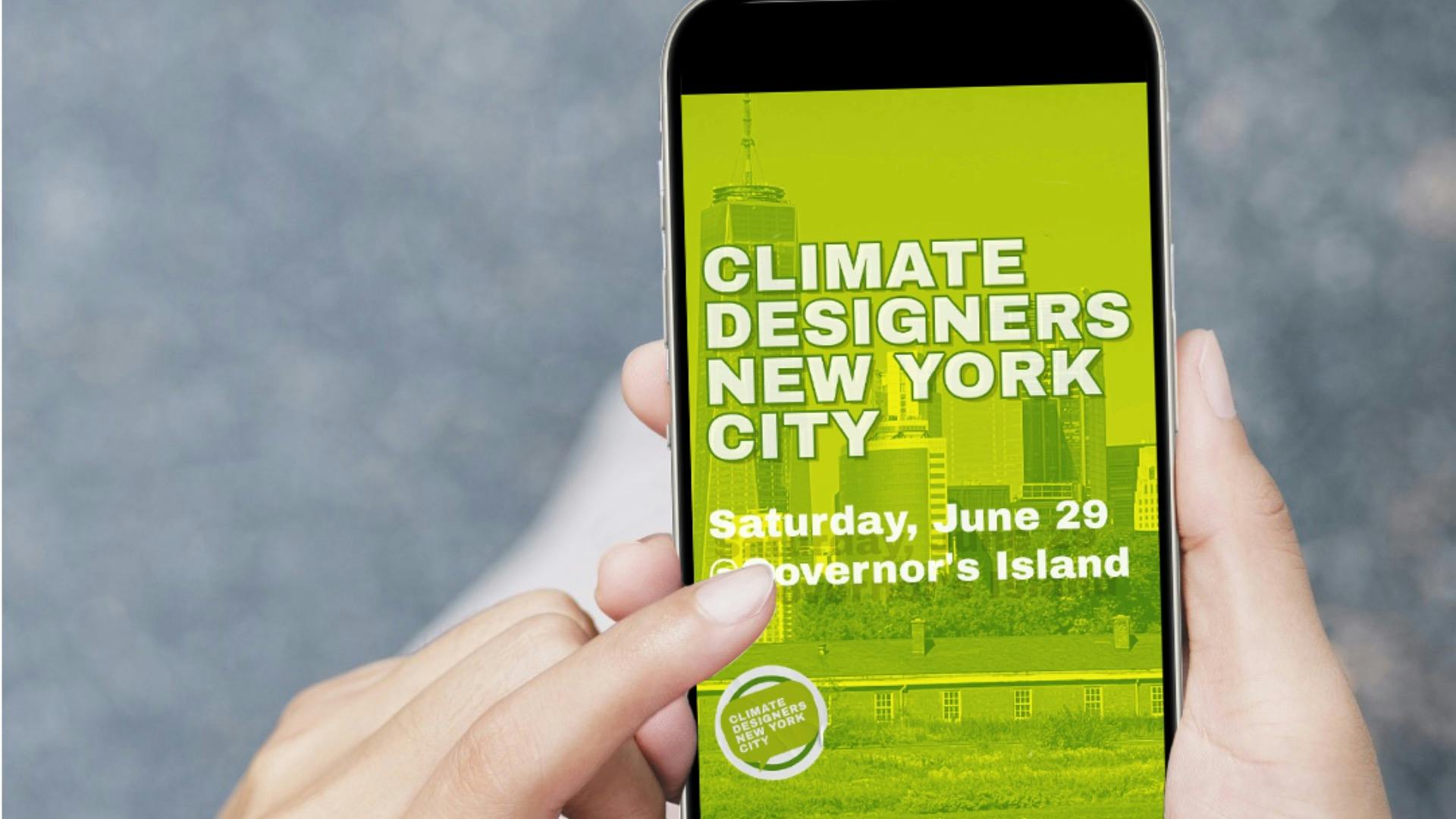
I do that through my creativity in application and execution. A lot of my projects now I am centering in sustainability, so some of my most ardent work has been coming in the form of interpreting how someone's business plays in the narrative of a sustainable world, and how their business in particular plays a part in that positive change. This comes in the form of community activations, creative communications, and educational pieces for both my partners and their communities.
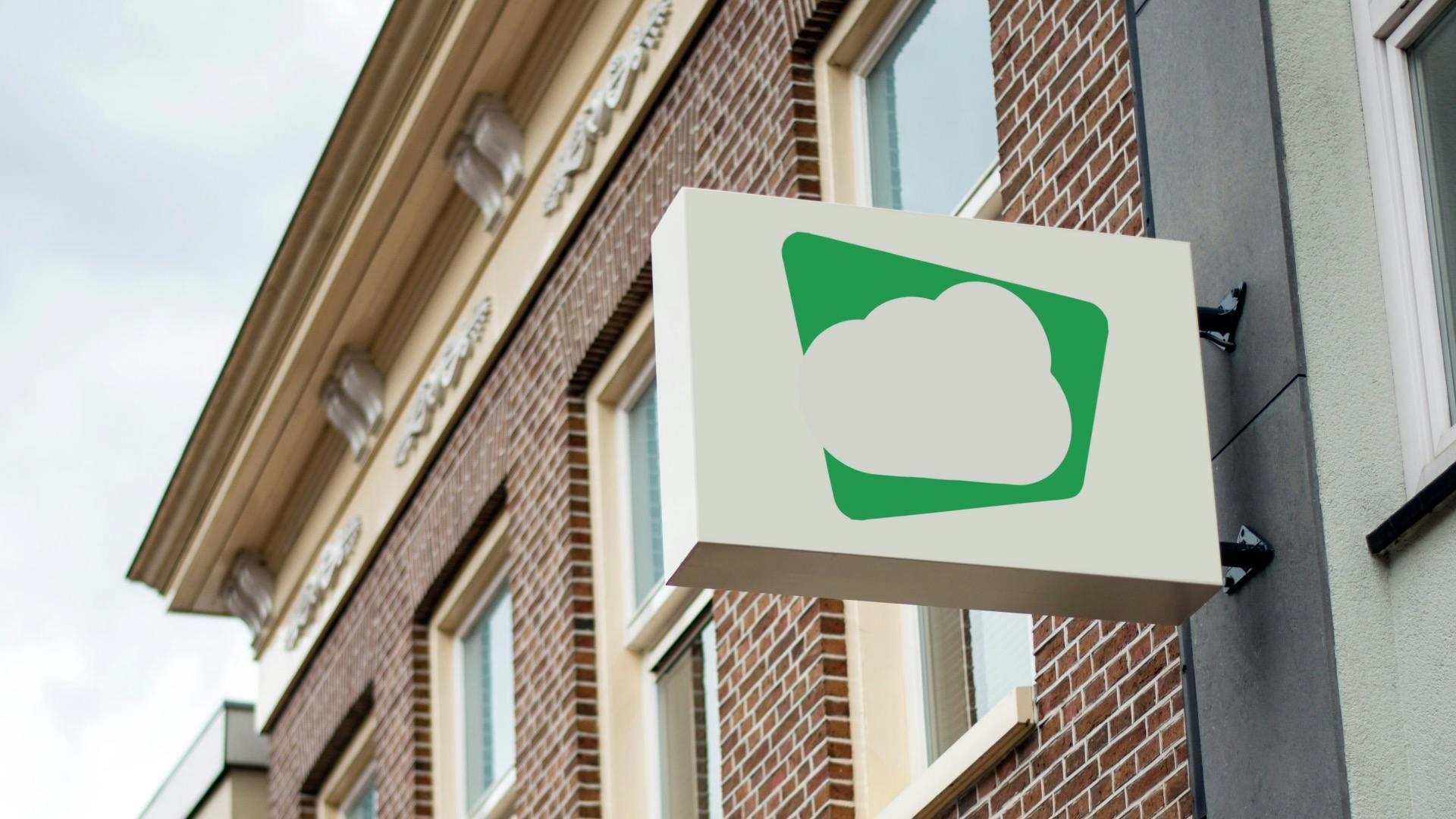
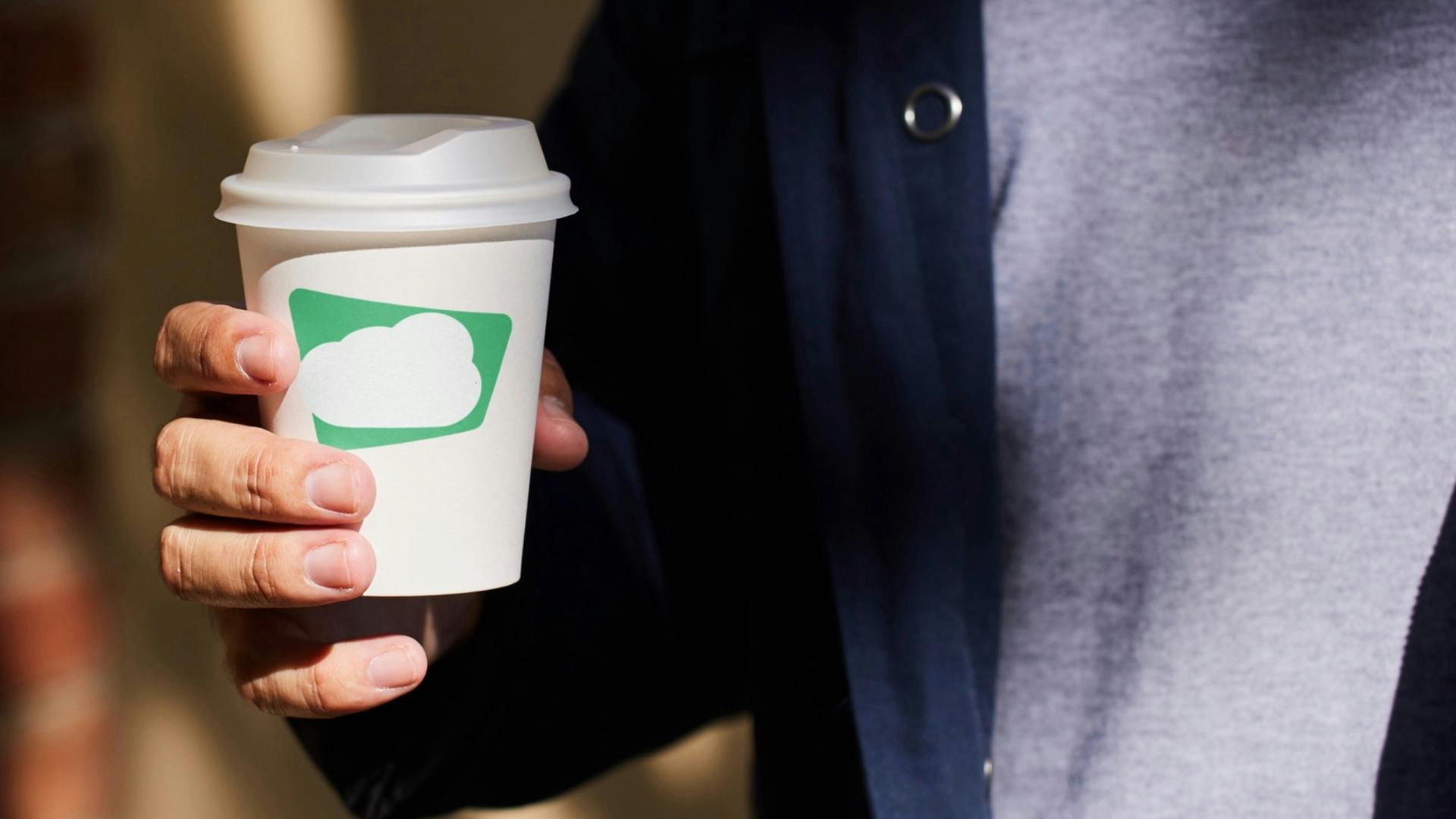
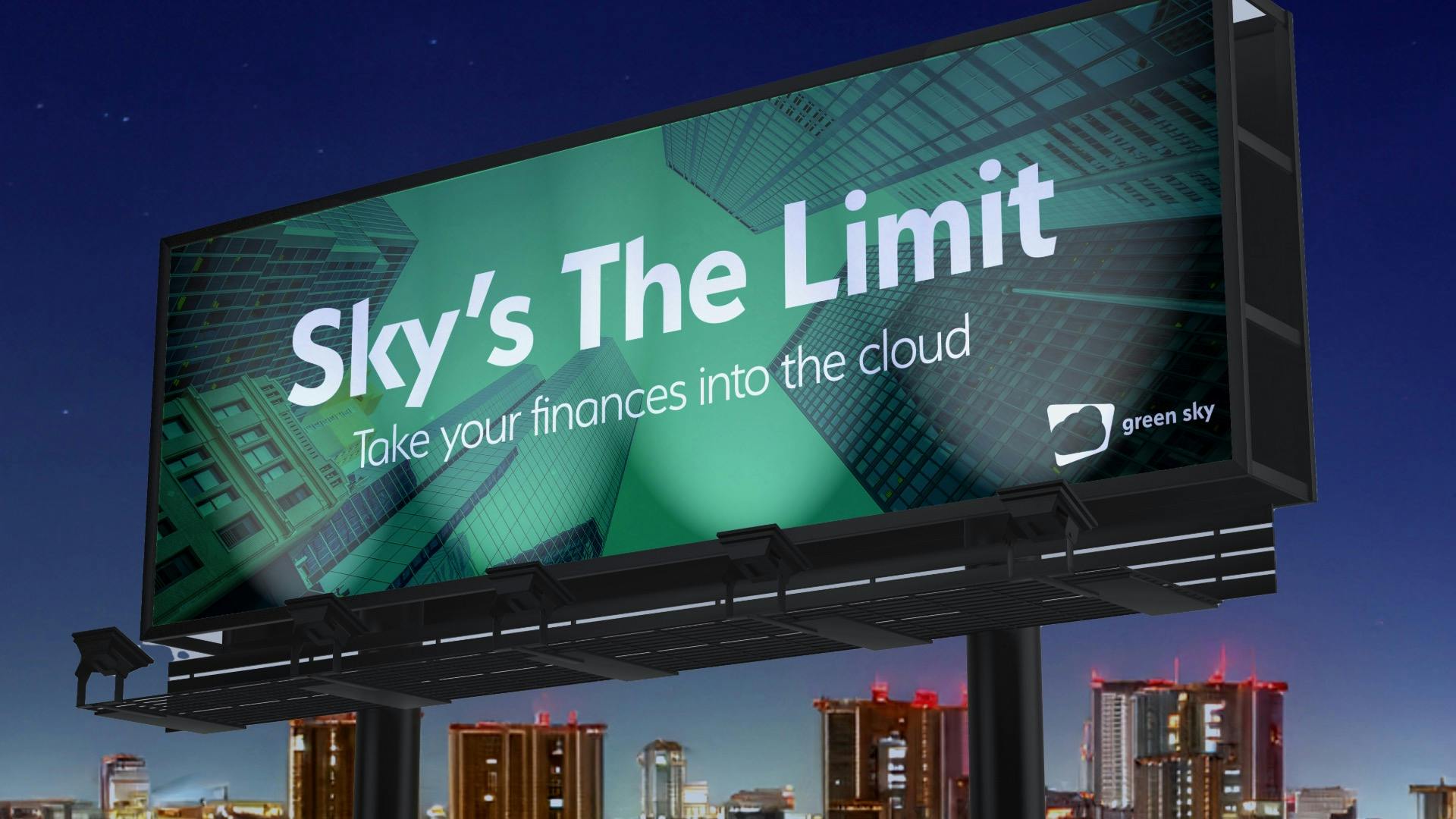
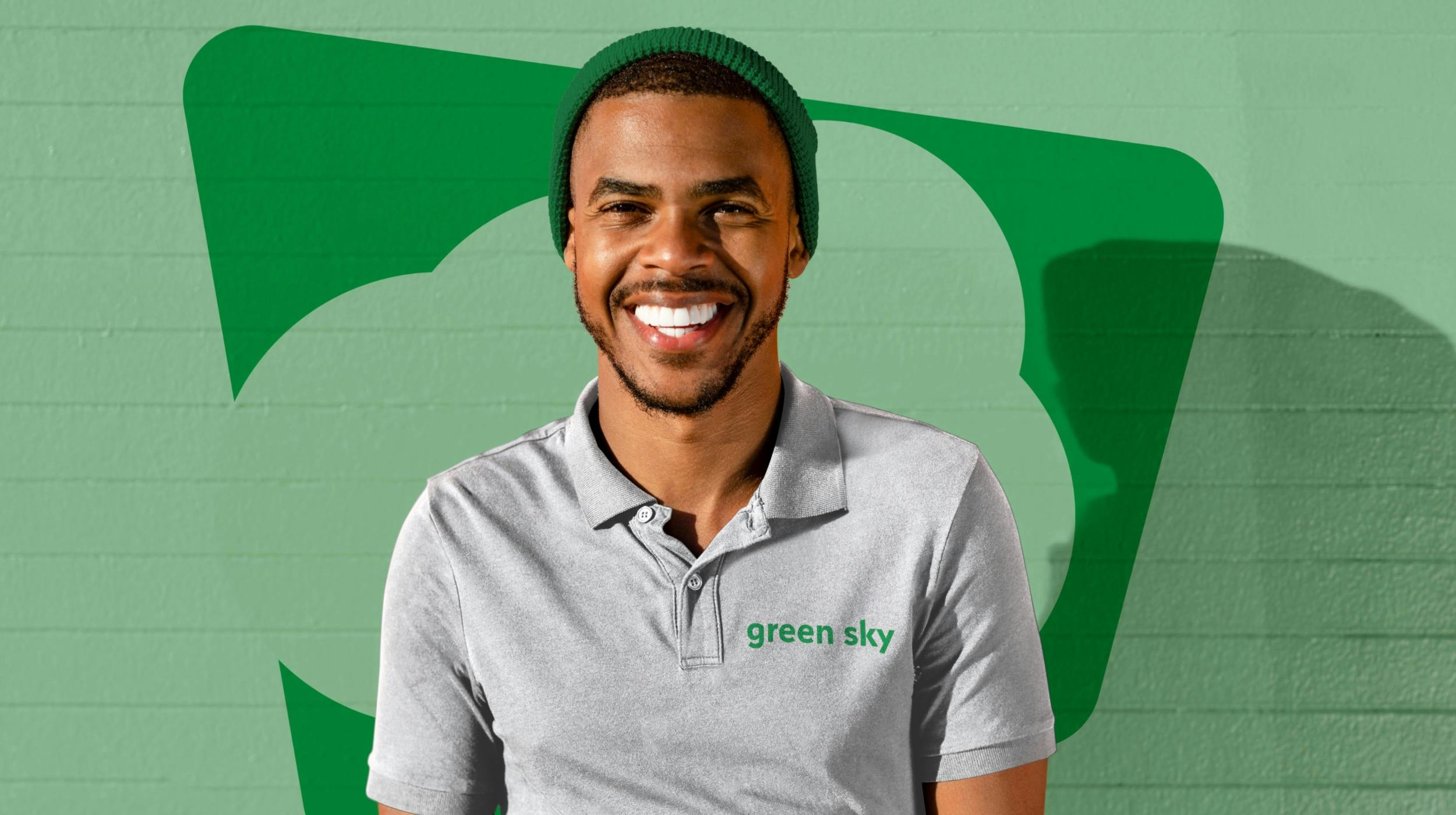
Hmmm. That is always the hard one... to be honest, procrastination. It sounds terrible, but a lot of times I let my creativity breathe when it comes out, no acceptance really. When I have an idea, I am one to note it and work into it a bit, but when it comes to the business side of things, I sort of push it until there is no more give. It isn't my favorite part, but I will say as I have gone further into my business, I have realized there are aspects of the business I enjoy, and creativity can also play a part in them. I try to infuse creative thinking and application to even the business side of things.
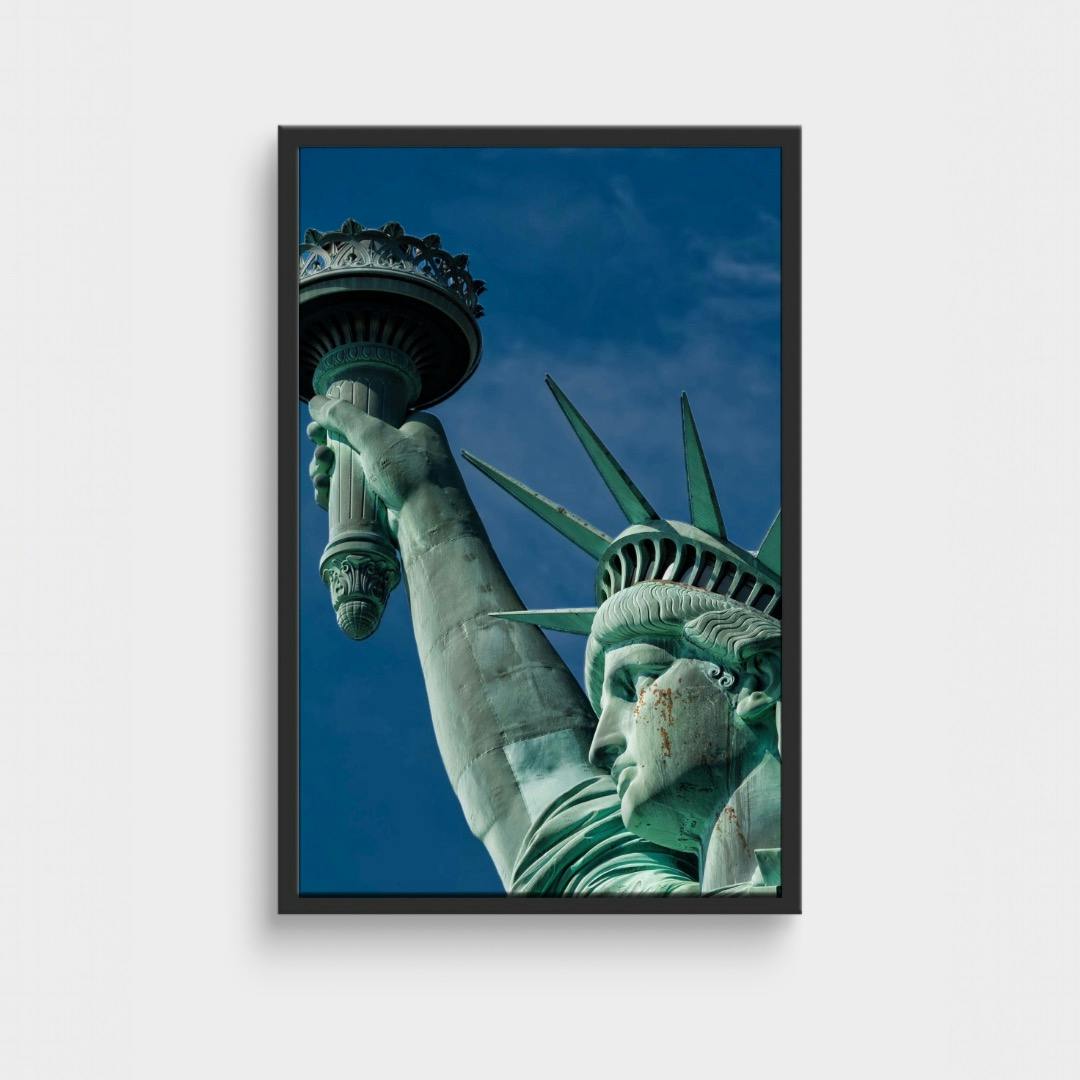
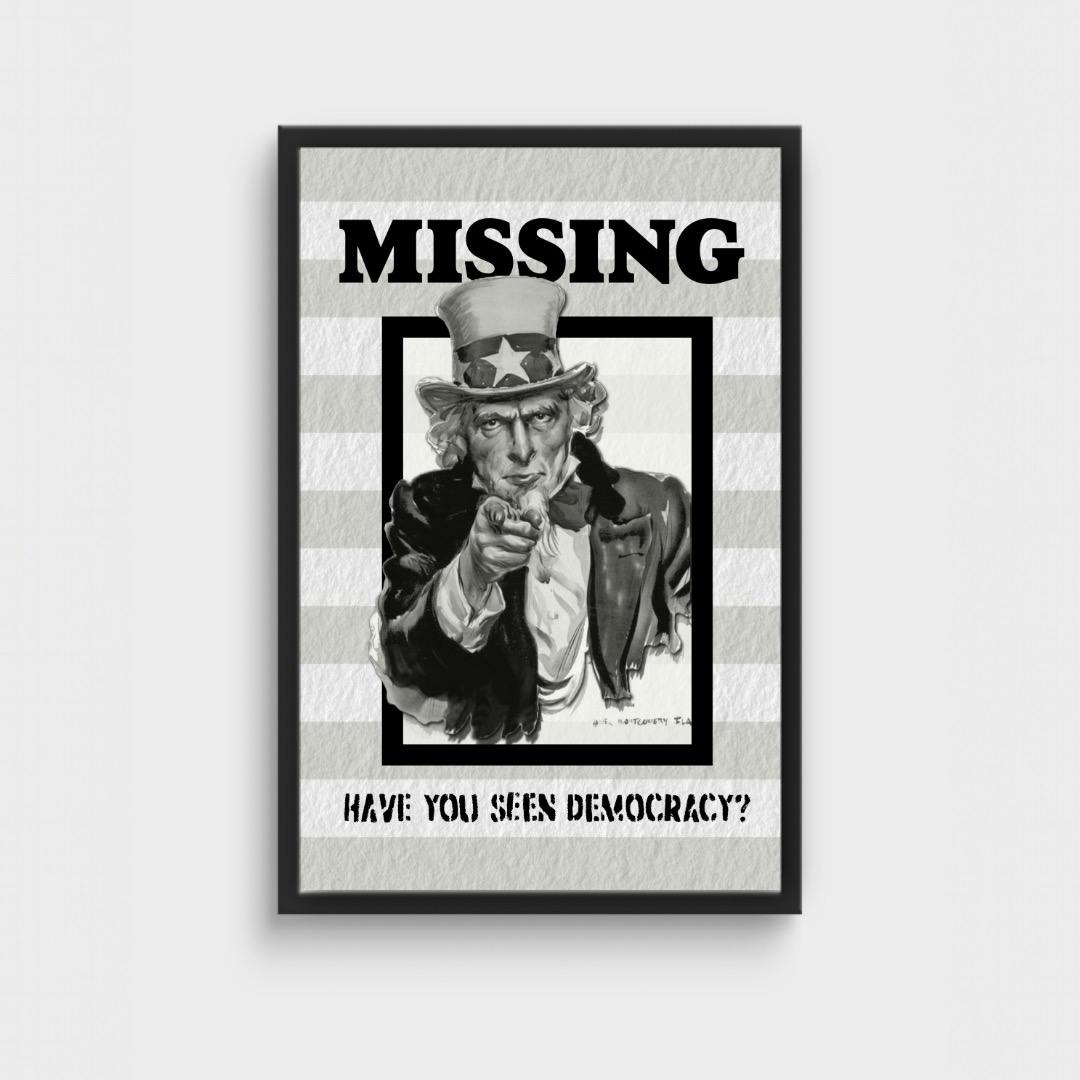
I like to think of myself as a Liger (something really rare and unique – and I refuse to use that "unicorn" moniker), but it's the truth. I think it makes you somewhat of a chameleon. It forces you to live in their brands and thus limits where you can take things, but at the same time, it's like getting a full workout. I get to work some legs (subtle posh brand), then my arms (energetic DTC), and a little meditation (Life Coach branding). So it really makes me learn about an industry and work with the partner to understand their world more. What I like the most is seeing connective sinew between styles, actions, or industries and then having those insights for future projects.
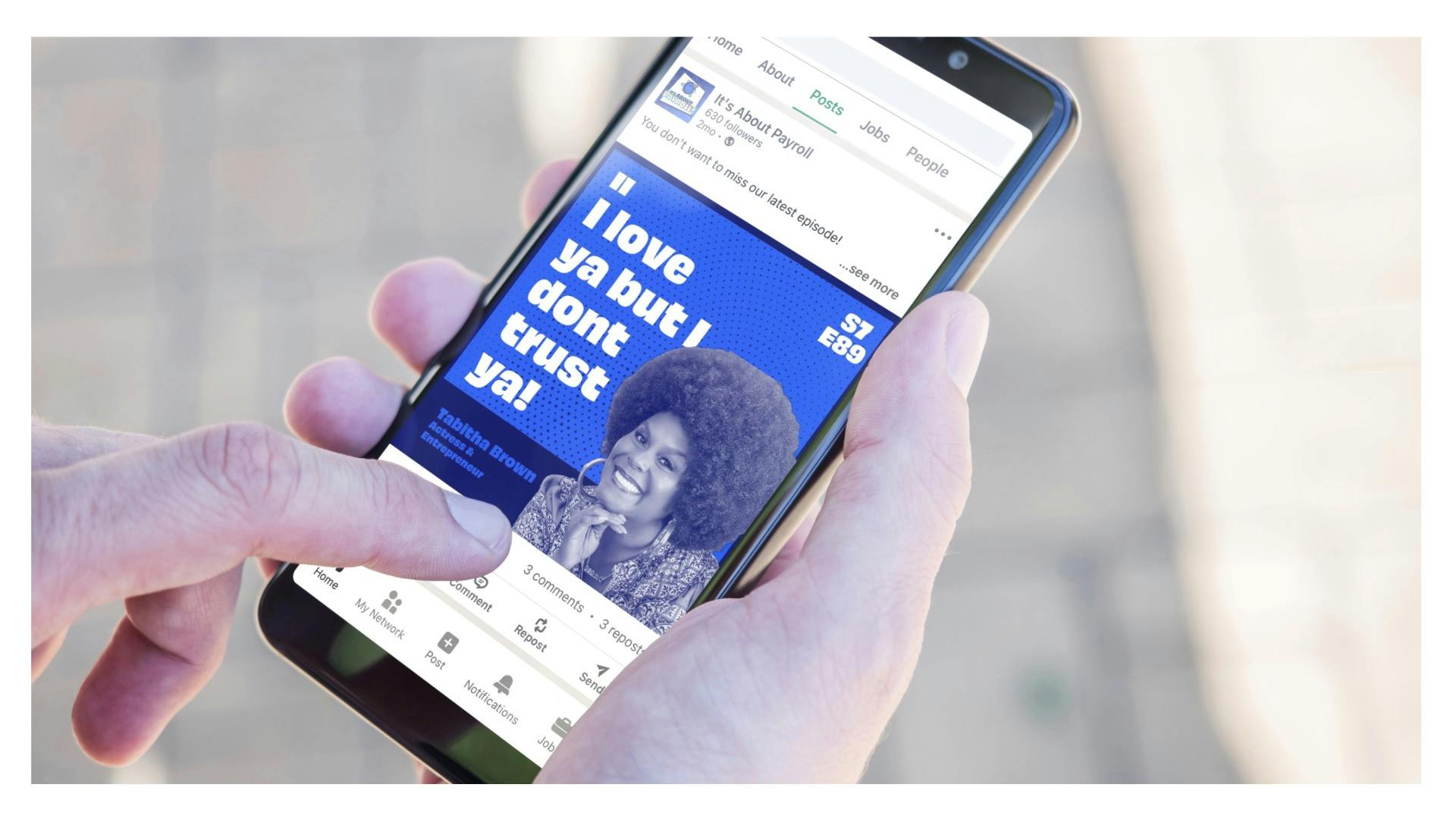
I treat my art like children, I am really proud of a lot of it, so picking a favorite can be hard. I rarely work on things at this point that I don't love the idea behind. but I think the project I am most proud of is actually making the transition to being a Climate Designer. It is a mindset too many designers aren't thinking about while also having more power than they believe they have. Its has expanded my position to not only be a designer, and I believe a better one, but it also allows me to be an educator, a mentor, a speaker, and even a better creative. I have started flexing my creativity into new mediums and applying sustainable thinking to all those touchpoints. It has also been quite the differentiator, making me more equal parts teacher, student, problem-solver, and creative all-in-one.
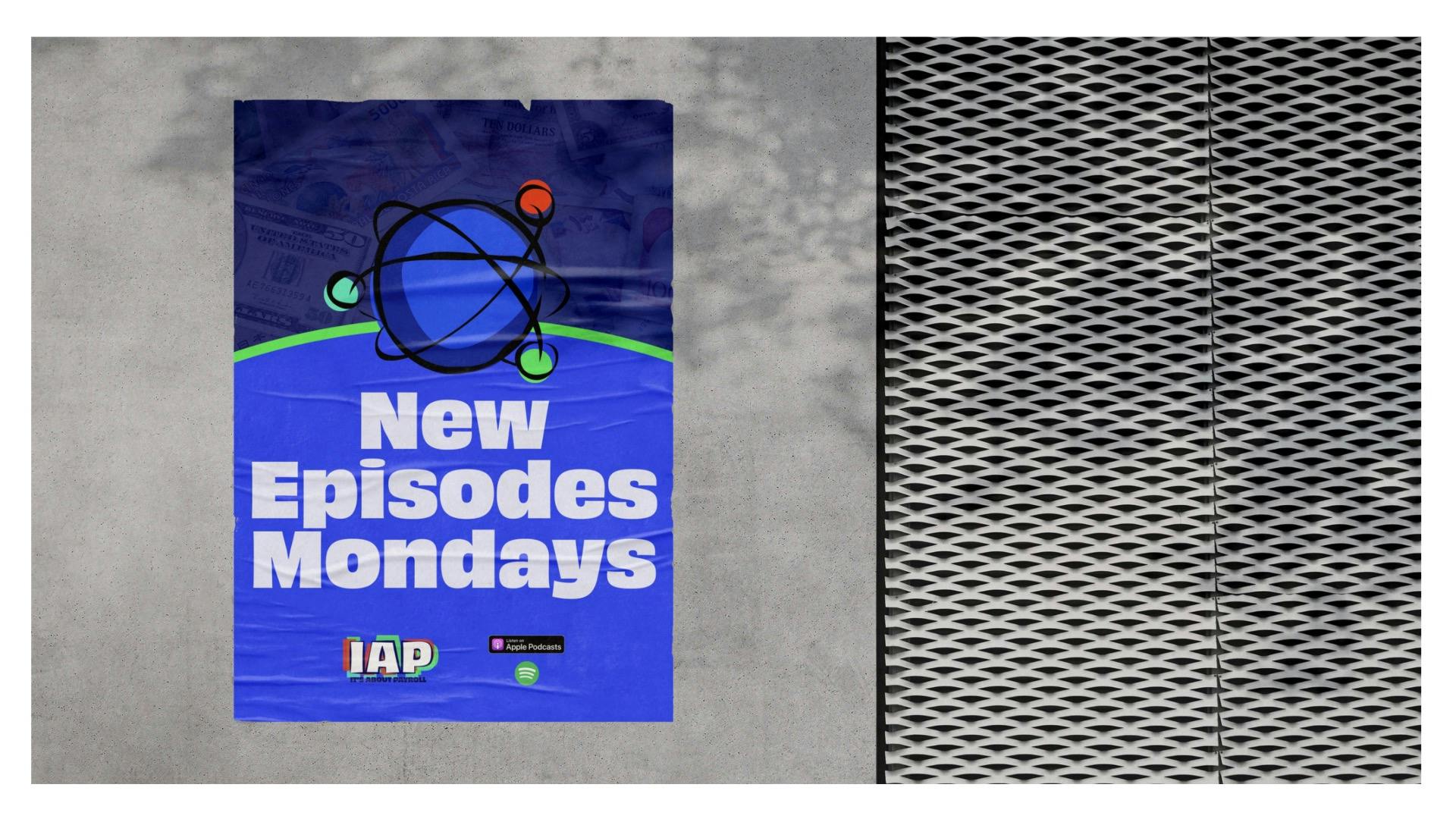
I've been professionally designing for about 15 years, but I started doing layout design in high school, so I have been "designing" for just under 30 years. I have been in places where art was an afterthought, and people thought I got where I was because of who or what I was (a mixed-race individual), and all that to say I stayed strong in mind. I wasn't given anything but opportunities by people who saw something in me. I would stress to younger creatives: don't lose your focus, but also understand this isn't a solitary journey. It's okay to rely on others and to let them rely on you as well. Be open to both help, advice, and collaboration; each of those will make you a better, more adept creative than any classroom or course. Being open to them is the first step.
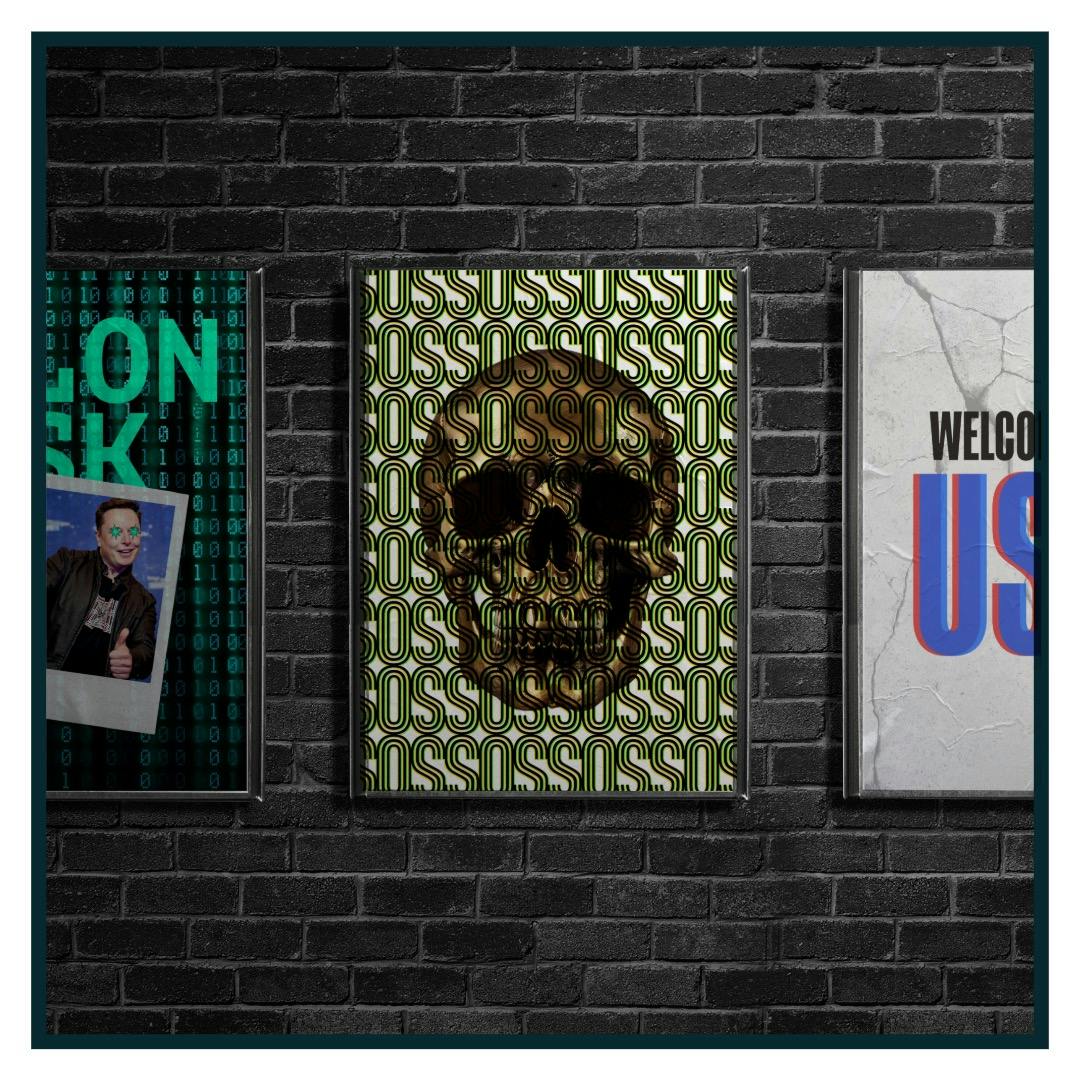
Communication! It is key. By squashing the unknown, it limits the feeling of "jump ship," but any project I have had that went awry, and there have been one or two, it was due to communication from both me and the partner. It's a two-way street, and when we work in a silo, our minds wander. Both partners wonder what's going on, and the designer can also become wary.
So setting realistic expectations, being as transparent as possible, and creating clear means of communication have always been ways for me to develop space for a project that is ideal to both flow and creative ideation.
